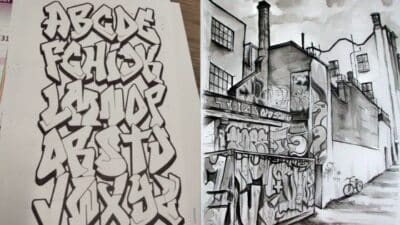Sketching outfits gives you a chance to explore style in a creative way while sharpening your drawing skills. You can experiment with different aesthetics, mix textures, and play with proportions to see what works best on paper. By learning how to draw a variety of outfits, you build a toolkit of ideas that makes your sketches more dynamic and versatile.
This article introduces ten outfit ideas that you can bring to life through drawing, ranging from relaxed everyday looks to bold statement styles. Along the way, you’ll also find guidance on sketching techniques and using color effectively so your designs feel complete and visually engaging.
1) Casual streetwear with loose jeans and graphic tee
You can create a relaxed streetwear look by pairing loose-fitting jeans with a bold graphic tee. The combination feels comfortable while still showing off your personal style.
Try tucking the front of your shirt slightly into your jeans to add some shape without losing the laid-back vibe. This small detail makes the outfit look more intentional.
Sneakers work well with this style, especially classic white ones or chunky designs. They balance the loose fit of the jeans and keep the outfit casual.
If you want to add layers, throw on a zip-up hoodie or a lightweight bomber jacket. Both options keep the look simple while adding an extra element.
Accessories like a cap or a crossbody bag can tie everything together. They also make the outfit more practical for everyday wear.
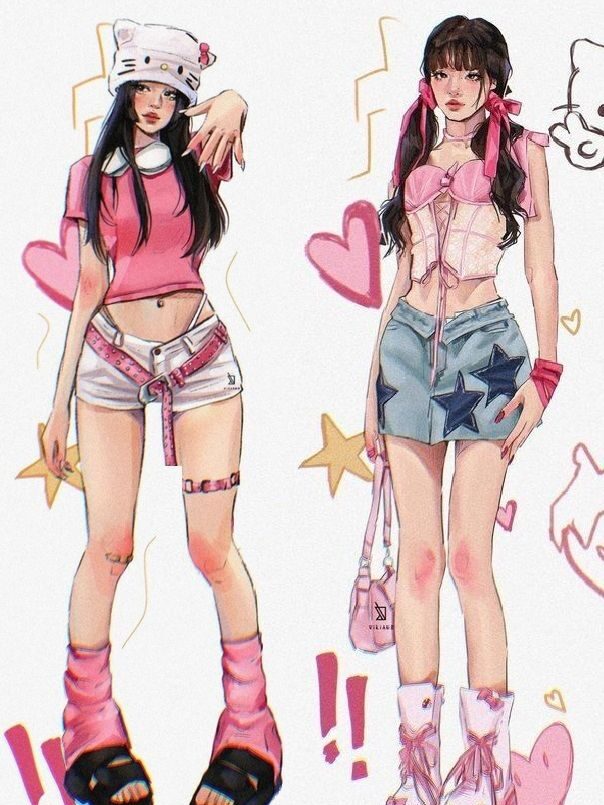

2) Boho chic with flowy skirts and layered accessories
You can bring a relaxed, creative touch to your outfit by starting with a flowy skirt. A maxi or tiered skirt works well because it gives you movement and comfort without feeling too formal. Neutral tones or soft prints help keep the look versatile.
Pair your skirt with a simple top, like a peasant blouse or a fitted tank. This balance keeps the outfit from looking too oversized while still keeping the loose, easy feel. Adding a lace vest or lightweight cardigan can give more texture.
Accessories play a big role in this style. You might layer necklaces of different lengths, add a wide-brim hat, or wear stacked bracelets. Fringe bags or suede sandals also fit naturally into the look.
If you want to adapt the outfit for cooler weather, try adding a chunky knit sweater or denim jacket over your skirt. This keeps the boho vibe while making it more practical. You can also swap sandals for ankle boots when needed.
The key is layering without overcomplicating. By mixing flowy fabrics with earthy accessories, you create a style that feels both relaxed and intentional. It’s an easy way to express personality while staying comfortable.
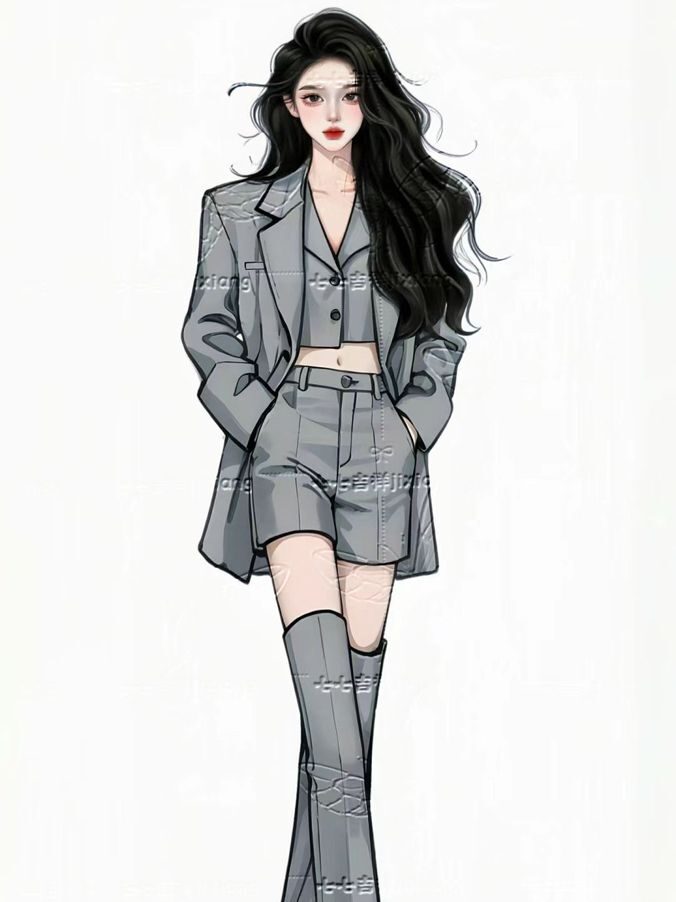
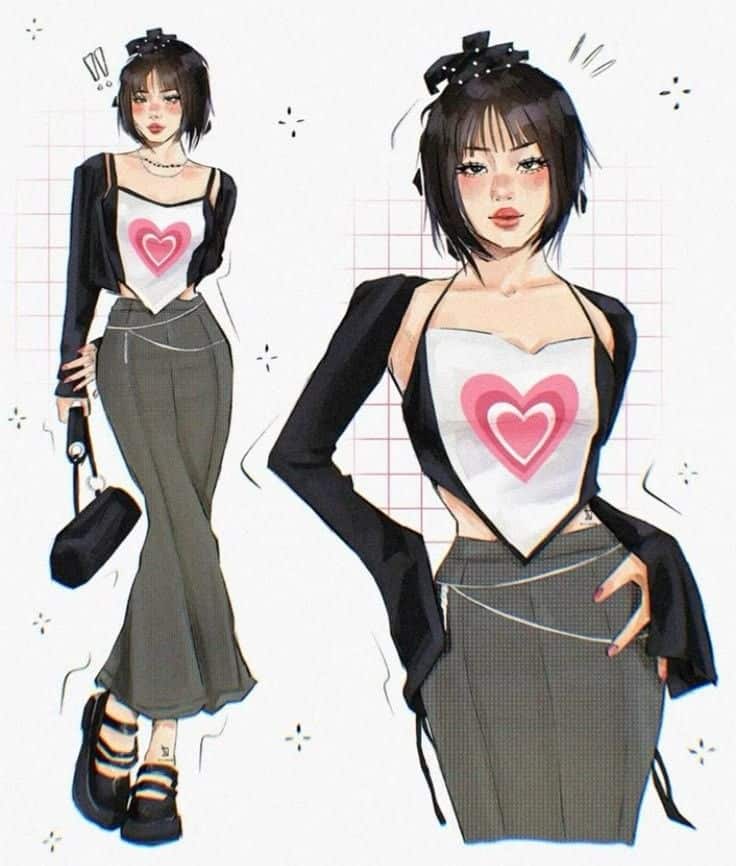
3) Sporty look featuring joggers and a cropped hoodie
You can create a sporty outfit by pairing joggers with a cropped hoodie. This combination balances comfort with a modern, casual style that works well for everyday wear.
Choose joggers with a slim or relaxed fit depending on your preference. A neutral color like black, gray, or beige makes it easy to mix with different hoodie shades.
A cropped hoodie adds structure and keeps the look from feeling too oversized. It also highlights the waistline, especially if you wear high-waisted joggers.
Complete the outfit with clean sneakers for a simple and practical touch. You can also add a cap or a small crossbody bag if you want extra detail.
This look works well for light activities, casual hangouts, or running errands. It gives you comfort while still feeling put together.
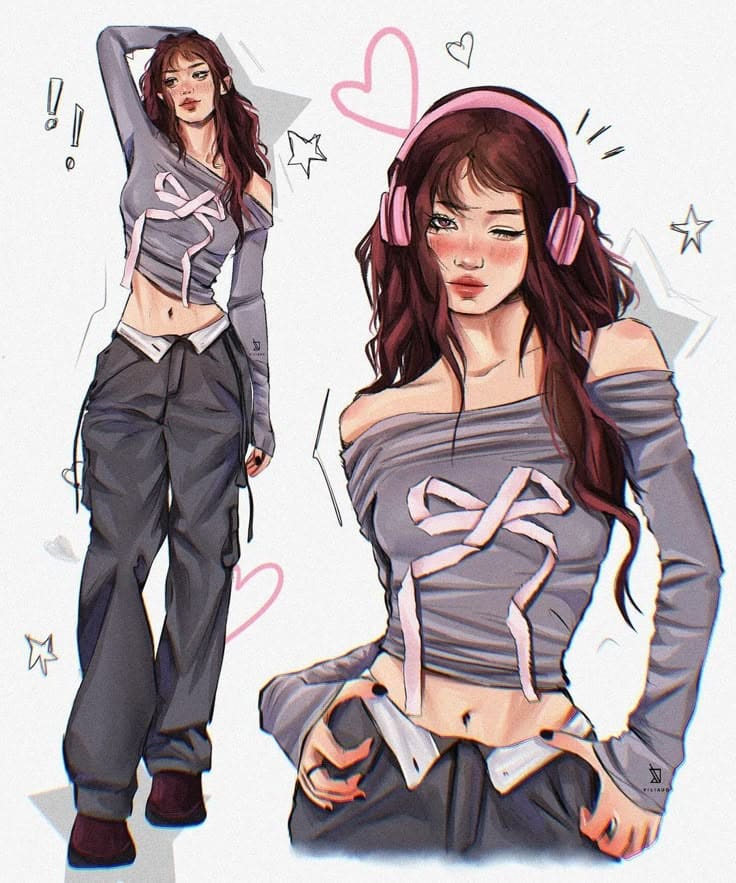
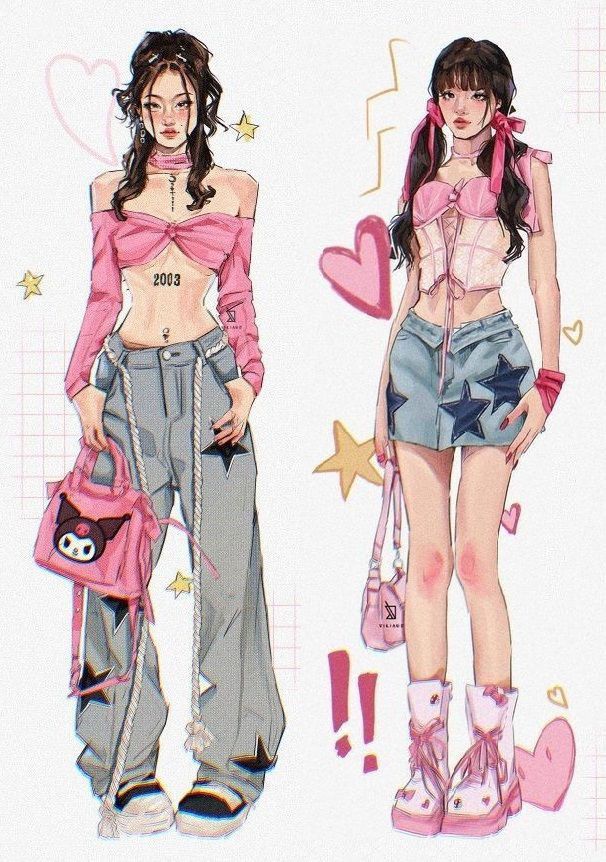
4) Vintage-inspired outfit with high-waisted pants and a tucked blouse
You can create a timeless look by pairing high-waisted pants with a neatly tucked blouse. This combination highlights your waist and gives your outfit a clean, balanced shape.
Choose trousers with a straight or wide leg for a more classic vintage feel. A blouse with puff sleeves, a bow tie, or a delicate collar adds subtle detail without overwhelming the look.
If you want a polished style, go for solid colors like black, cream, or navy. For a softer touch, try light pastels or muted floral prints that still keep the vintage mood.
Finish the outfit with simple shoes such as loafers, ankle boots, or low heels. A slim belt or small structured bag can tie everything together and keep the look cohesive.
This outfit works well for casual outings, workdays, or even a relaxed evening event. It gives you a retro-inspired style that feels both comfortable and put-together.
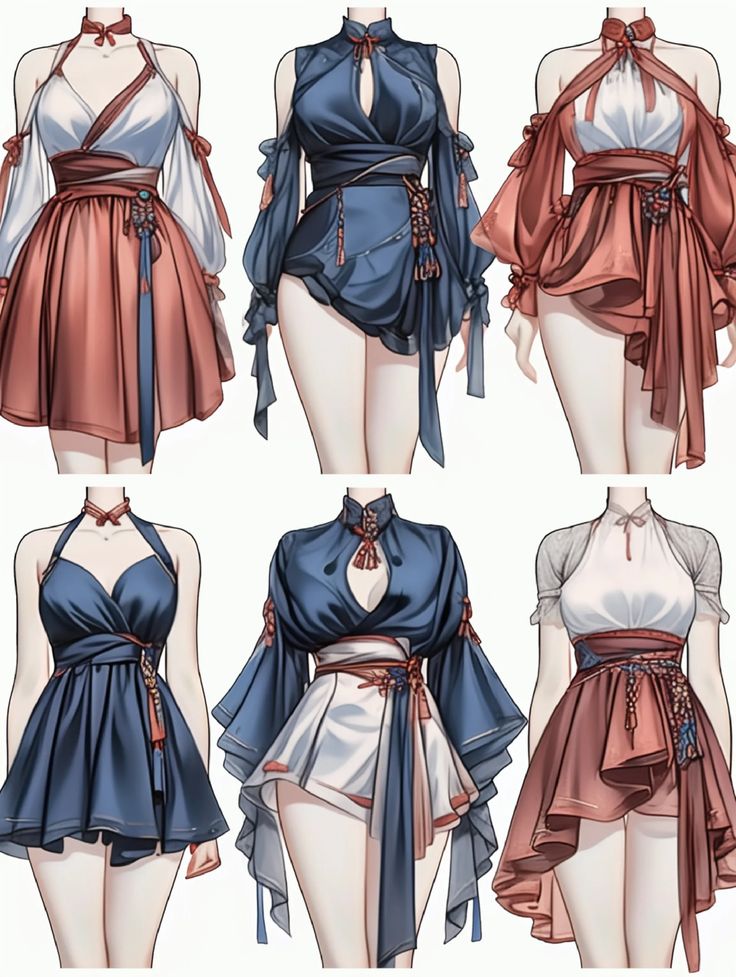

5) Edgy style using leather jackets and ripped jeans
You can create an edgy look by pairing a leather jacket with ripped jeans. This combination gives your outfit a casual but bold feel without trying too hard.
Choose a black or dark leather jacket for a classic touch. Ripped skinny or straight-leg jeans balance the jacket and keep the style relaxed.
Add a band tee or plain fitted shirt underneath to keep the focus on the jacket and jeans. If you want a little more detail, try a cropped top for a modern twist.
Footwear makes a big difference. Combat boots or chunky sneakers add toughness, while ankle boots give a more polished edge.
Accessories like silver chains, belts, or simple rings can finish the look without going overboard. Stick to a few pieces so your outfit stays clean and easy to wear.
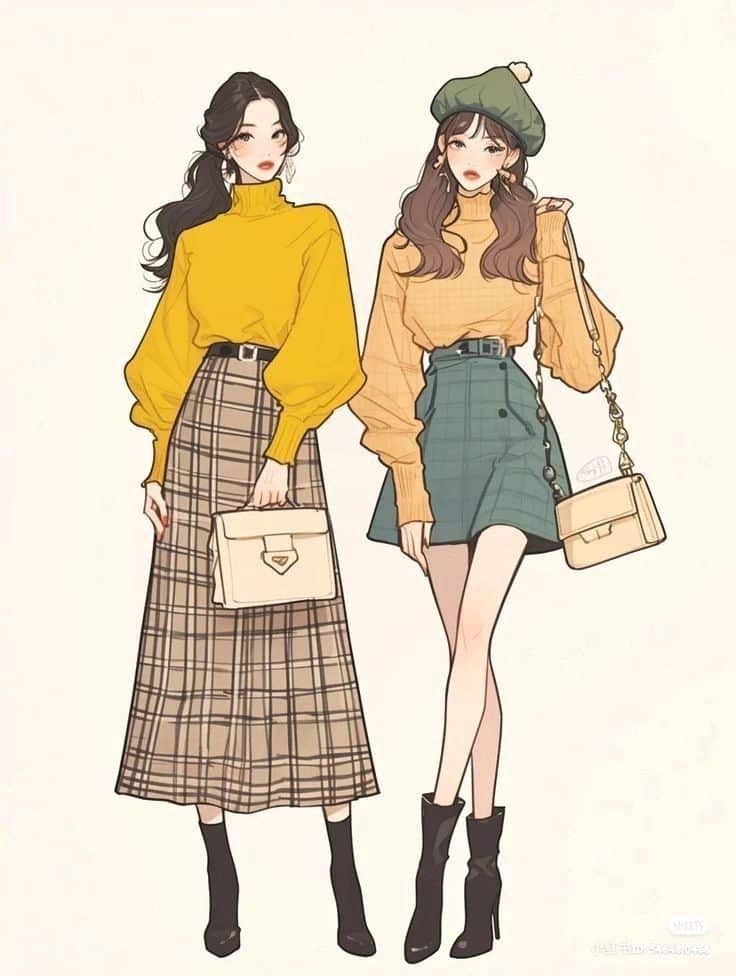
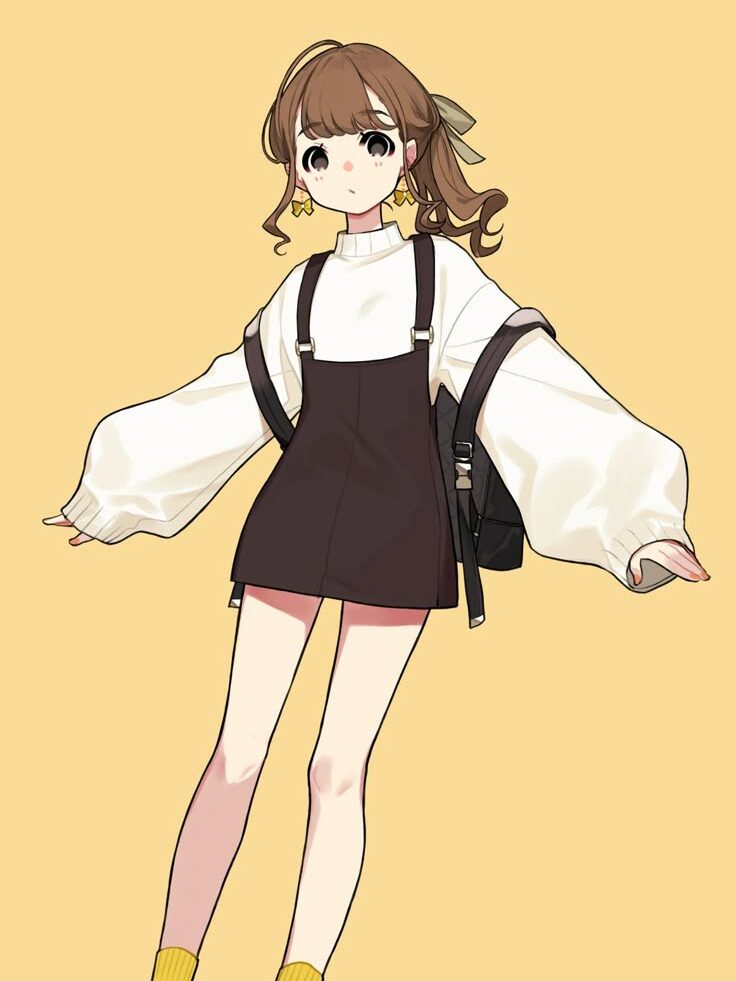
6) Preppy ensemble with a blazer and pleated skirt
You can create a polished preppy look by pairing a tailored blazer with a pleated skirt. This combination balances structure with movement and works well for both casual and semi-formal settings.
Choose a neutral or dark blazer if you want a more classic style. A navy, black, or gray jacket pairs easily with lighter skirts and crisp tops.
For a softer approach, try a pastel or plaid pleated skirt with a solid blazer. This mix gives you a fresh and youthful vibe without feeling too formal.
Layering a button-up shirt or lightweight sweater under the blazer makes the outfit feel complete. You can tuck in your top to keep the look neat and defined.
Finish the outfit with loafers, ballet flats, or low heels. These shoes keep the preppy theme intact while staying comfortable for daily wear.
Accessories like a simple headband, leather belt, or structured bag can tie everything together. Keep the details minimal so the blazer and skirt remain the focus.


7) Kawaii-inspired cute dress with pastel colors
You can create a kawaii-inspired dress drawing by focusing on soft pastel shades like baby pink, lavender, mint, and sky blue. These colors set a gentle and cheerful mood for your design.
Add details such as bows, lace trims, or frills to make the dress look playful. Small accents like heart or star patterns can also enhance the cute aesthetic without overwhelming the outfit.
When sketching the silhouette, try a slightly flared skirt or puff sleeves. These shapes give the dress a light and youthful feel.
Accessories matter too. You might include a matching pastel headband, a small handbag, or knee-high socks with subtle patterns. These touches help complete the kawaii look in your drawing.
Keep proportions balanced and avoid overcrowding the design. A few thoughtful details will make your pastel dress stand out while staying simple and charming.
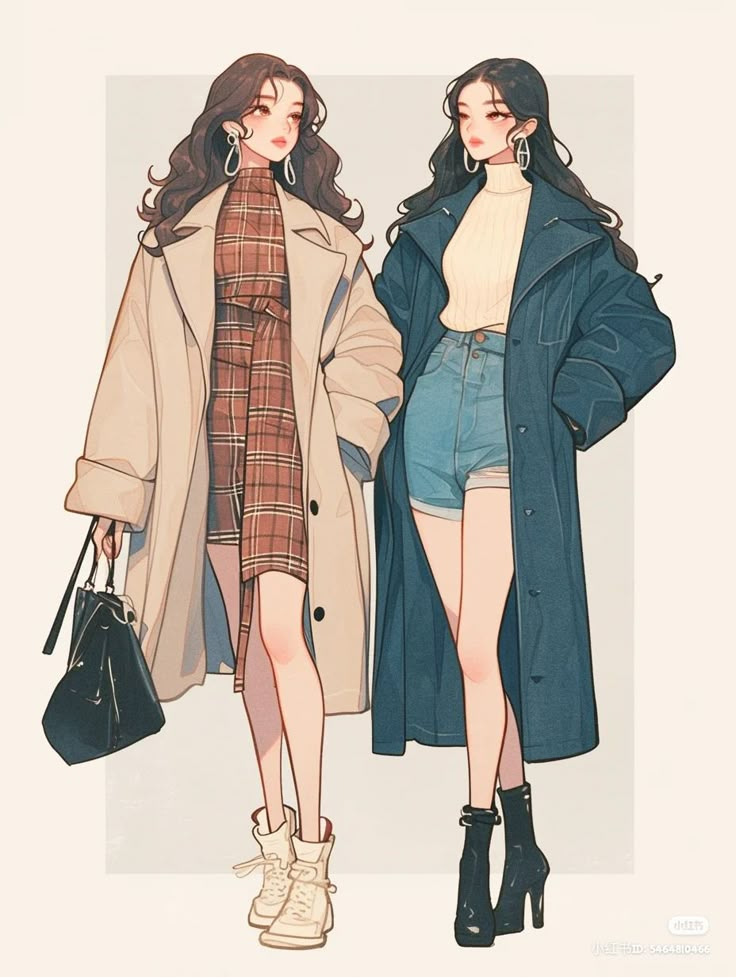

8) Minimalist monochrome outfit with clean lines
You can create a strong look by sticking to one color palette. A monochrome outfit keeps things simple while still looking intentional. This approach works well whether you choose black, white, beige, or another neutral tone.
Focus on clean lines and tailored shapes. A straight-leg trouser paired with a fitted top or structured blazer gives you a polished base. Avoid overly busy details so the outfit feels calm and balanced.
Textures make a big difference in keeping the look interesting. You might combine matte cotton with soft wool or add subtle ribbing in a knit. These small changes prevent the outfit from feeling flat.
Accessories can stay understated. A slim belt, minimalist shoes, or a simple bag in the same shade ties everything together. This way, your outfit feels cohesive without being distracting.

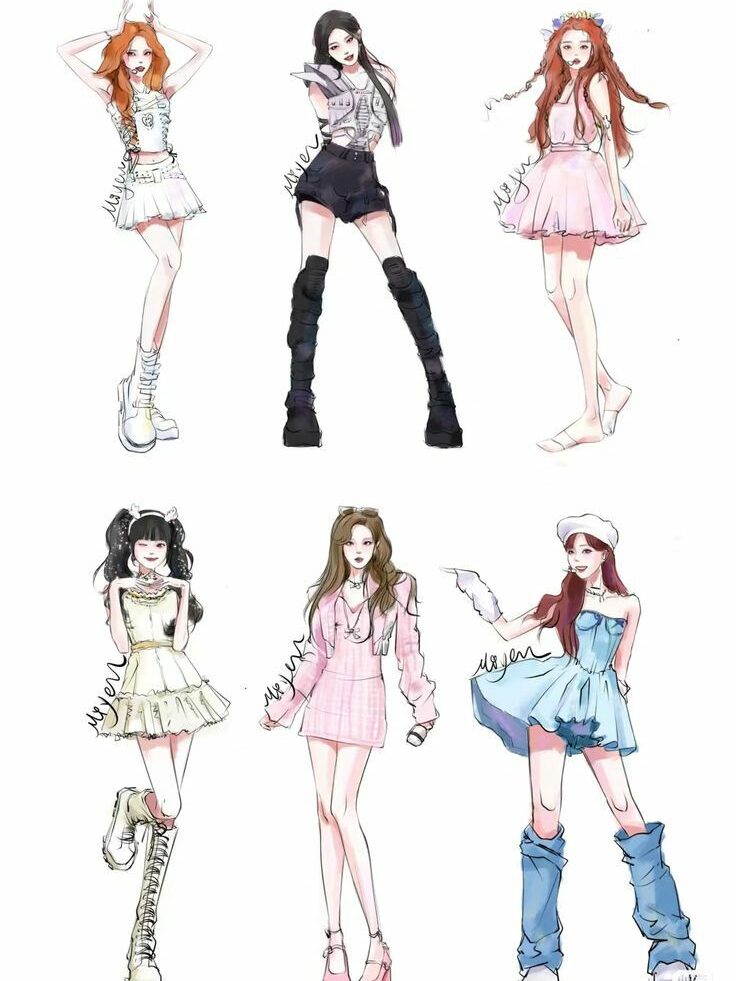
9) Layered fall look with scarves and oversized sweaters
You can create a cozy layered outfit by starting with an oversized sweater as your base. The relaxed fit makes it easy to add more pieces without feeling restricted. Choose a neutral or earthy color to keep the look versatile.
Add a scarf for both warmth and style. A chunky knit scarf works well on colder days, while a lighter fabric scarf adds texture without too much bulk. You can drape it loosely or wrap it snugly depending on the weather.
Pair your sweater and scarf with slim jeans or leggings to balance the oversized top. This keeps the outfit from looking too heavy. If you prefer skirts, try layering tights underneath for extra comfort.
Finish the look with ankle boots or simple sneakers. A crossbody bag or tote complements the casual, layered style. You’ll have an outfit that feels comfortable while still looking put together.


10) Festival style with fringe vests and patterned shorts
You can create a relaxed festival look by pairing a fringe vest with patterned shorts. The vest adds texture and movement, while the shorts bring in color or a bold print. Together, they strike a balance between casual and eye-catching.
Layer a simple tank or crop top under the vest to keep the outfit light and comfortable. Neutral tops let the fringe and patterns stand out without feeling overwhelming.
Footwear makes a big difference here. Ankle boots give you a sturdy base for walking around all day, while sandals keep things breezy in hot weather.
Accessories help tie the outfit together. Sunglasses, layered bracelets, or a wide-brim hat can add personality without taking away from the main pieces.
If you want to keep it practical, choose a small crossbody bag or a belt bag. That way, you can carry your essentials while keeping your hands free.
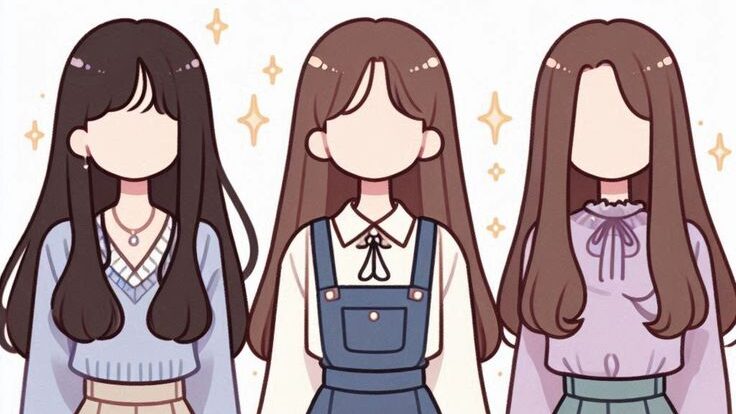
Techniques for Sketching Outfit Ideas
When you sketch clothing, the tools you use, the proportions you follow, and the way you show fabric details all affect the final look. Paying attention to these areas helps your drawings appear more polished, readable, and true to your design ideas.
Choosing the Right Drawing Tools
Start with pencils that let you adjust pressure easily. A softer pencil like 2B gives smooth shading, while a harder one like H keeps lines sharp. Mechanical pencils can help with consistent outlines.
Inks and fine liners work well once you want clear, permanent lines. Many artists also use markers for quick color blocking. Keep a set of neutral grays to test shadows before committing to bold colors.
Digital tools are useful if you prefer flexibility. Programs like Procreate or Photoshop let you layer, erase, and adjust without damaging the sketch. A tablet with pressure sensitivity makes it easier to mimic traditional strokes.
Basic Fashion Figure Proportions
Fashion sketches often use elongated figures because they highlight clothing better. Instead of drawing a standard body, you usually work with a 9-heads-tall proportion system, where the body length equals nine times the head size. This helps balance long legs, slim torsos, and flowing garments.
Use light guidelines to mark shoulders, waist, hips, and knees. Keeping these landmarks consistent makes outfits easier to visualize. You don’t need to add heavy anatomy details—focus on clean lines that support the clothing design.
When practicing, try drawing quick gesture poses. These help you capture movement, which makes outfits look more natural. A static figure can make even stylish clothing appear stiff.
Adding Texture and Detail to Outfits
Textures show how fabric behaves. For example, short, repeated strokes suggest denim, while smooth shading works for silk. Cross-hatching can create the look of heavier materials like wool.
Pay attention to folds and drapes. Fabrics bend differently depending on thickness and weight. A hoodie will bunch at the elbows, while a formal dress falls in long, smooth curves.
Accessories also add character. Small details like belts, zippers, or patterned shoes make your sketches feel more complete. Use reference photos if you’re unsure how certain details should look.
Color Theory in Outfit Illustrations
When you draw outfits, the colors you choose affect how the design feels and how easy it is to understand. A strong palette helps guide the viewer’s eye, while contrast makes the shapes and details stand out clearly.
Selecting Color Palettes
You can build palettes using the color wheel, starting with primary colors (red, blue, yellow) and expanding into secondary and tertiary shades. This gives you a structured way to pick hues that naturally work together.
A helpful approach is to use common schemes:
- Monochromatic: variations of one color
- Analogous: colors next to each other on the wheel
- Complementary: colors opposite on the wheel
Each scheme creates a different mood. For example, monochromatic palettes feel calm, while complementary ones feel bold and energetic.
When drawing outfits, try limiting yourself to 3–5 key colors. This prevents the design from looking cluttered and keeps the focus on the clothing’s shape and structure. You can also use neutral tones like black, white, gray, or beige to balance brighter shades.
Experimenting with digital tools or swatch charts can help you quickly test combinations before committing them to your illustrations.
Using Contrast for Visual Impact
Contrast highlights important areas of your drawing and makes the outfit easier to read. You can create contrast through hue, value, or saturation.
- Hue contrast: pairing warm and cool colors
- Value contrast: light vs. dark shades
- Saturation contrast: muted tones against vivid ones
In outfit drawings, strong value contrast works well to separate layers, such as a light shirt under a dark jacket. Hue contrast can emphasize accessories, like a bright scarf against neutral clothing.
You don’t always need high contrast everywhere. Use it selectively to guide attention to details like collars, hems, or patterns. This keeps the illustration balanced while still drawing the eye where you want it.
- 610shares
- Facebook0
- Pinterest610
- Twitter0
